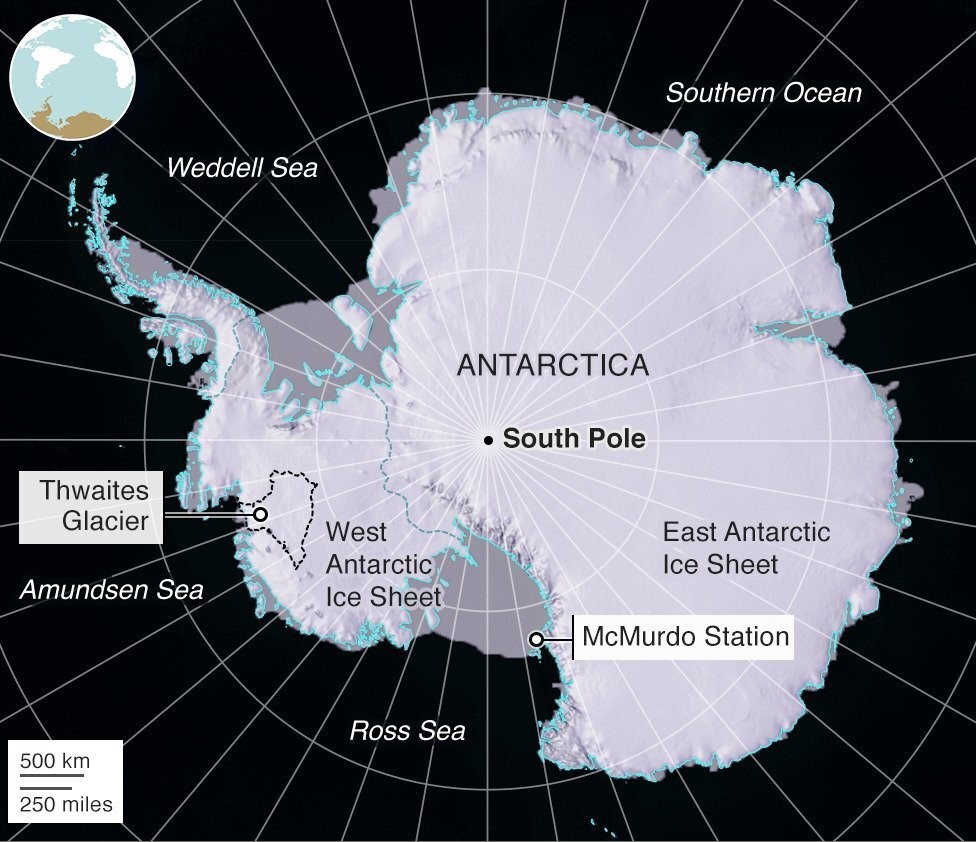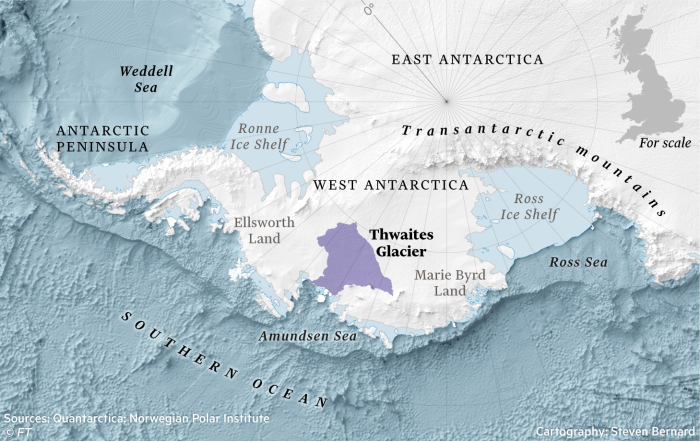





Disclaimer: Copyright infringement not intended.
Context
About


Importance of Doomsday Glacier and Concerns
Implications

https://edition.cnn.com/2023/02/15/world/thwaites-doomsday-glacier-sea-level-climate-intl






© 2025 iasgyan. All right reserved